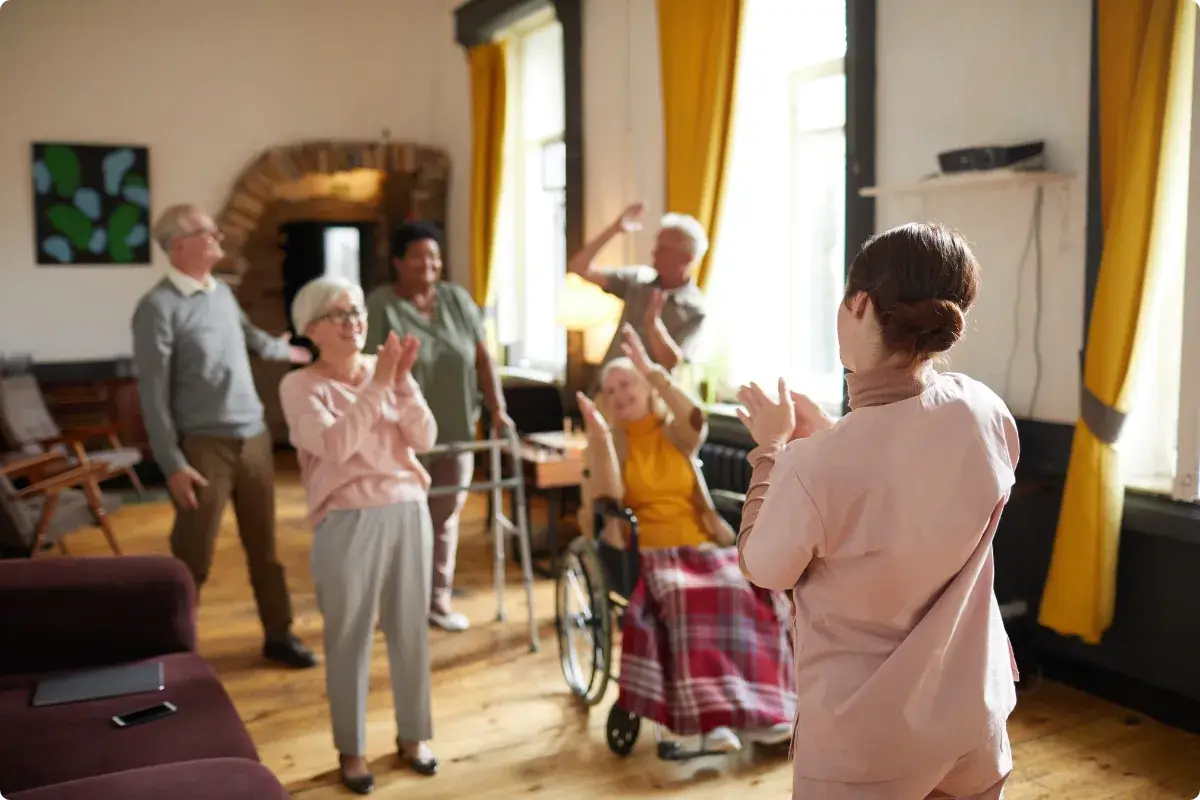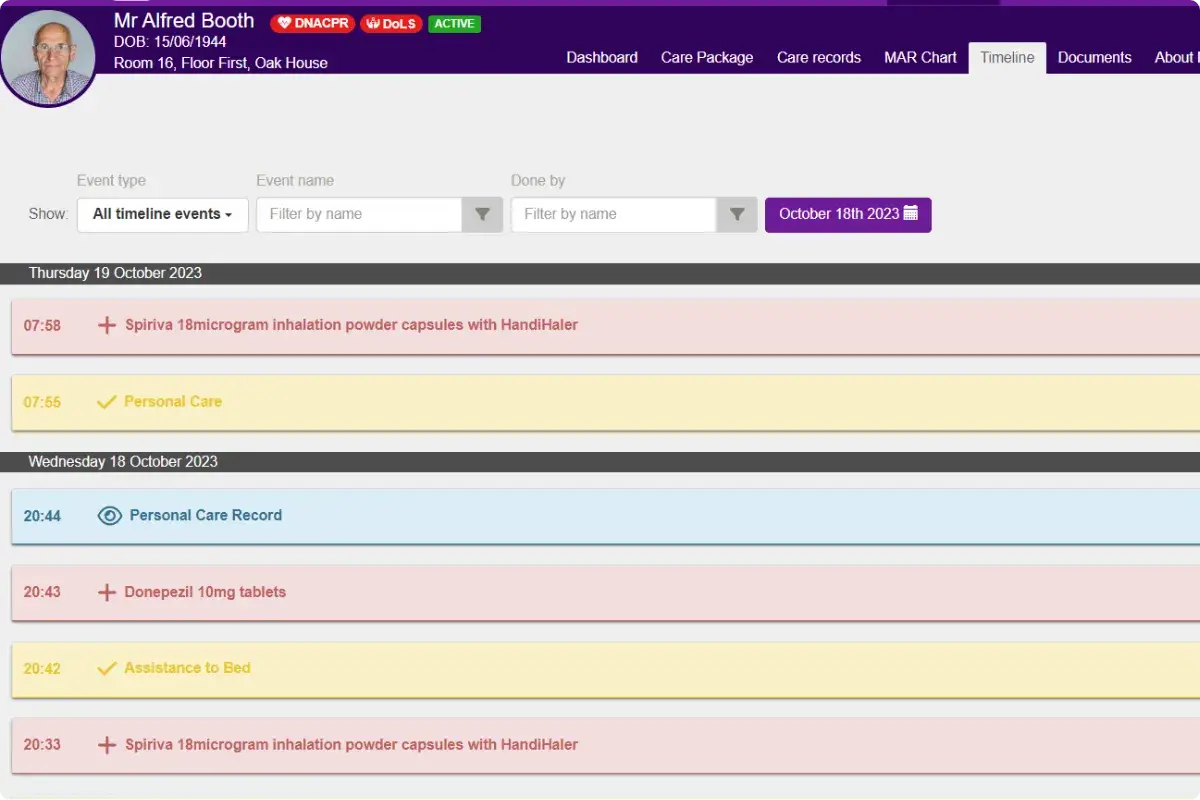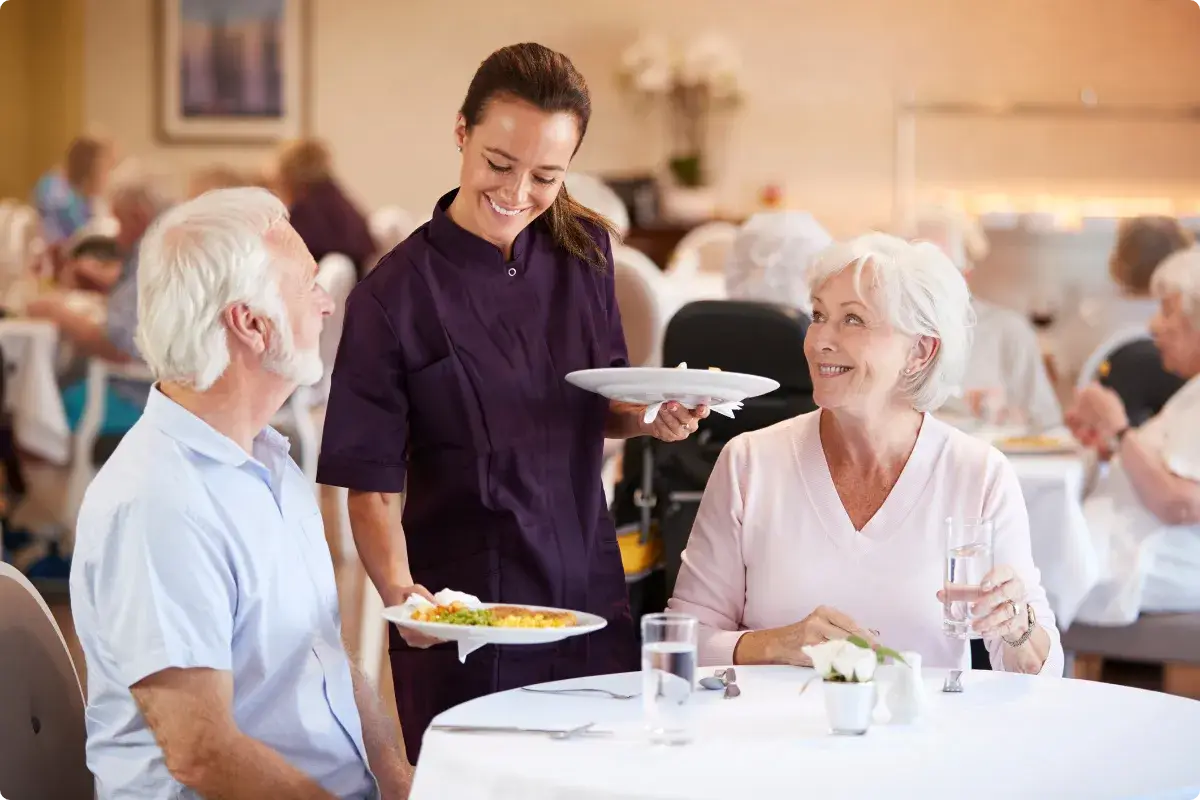Retirement living refers to a lifestyle option designed for seniors, combining accommodation, healthcare, and a vibrant community life. This lifestyle shift marks a transition from the demands of full-time work and family responsibilities to a more relaxed, community-focused phase of life.
This guide delves into the various facets of retirement living, from understanding different housing options like independent and assisted living to exploring the benefits such as social engagement and enhanced security.
It also offers insights into financial planning, lifestyle opportunities, and the importance of healthcare services in these communities.

Table of Contents
Exploring different types of retirement living options
Independent living: freedom and flexibility
Independent living facilities cater to seniors who are self-sufficient but seek the convenience of community living. These settings often provide amenities such as housekeeping, dining services, and social activities, allowing residents to enjoy a hassle-free lifestyle.
Assisted living: support for daily needs
For those who require assistance with daily activities like bathing, dressing, or medication management, assisted living offers a suitable option. These facilities provide a balance of independence and care, ensuring that residents’ needs are met in a dignified manner.
In some cases, assisted living providers have access to care management software to efficiently plan and deliver care, and tools such as GP Connect, to get instant access to a care receiver’s GP patient records to quickly and safely administer medication.
Continuing Care Retirement Communities: a comprehensive approach
Continuing Care Retirement Communities (CCRCs) offer a tiered approach to aging, accommodating residents’ changing needs over time. From independent living to assisted living and skilled nursing care, these communities provide a continuum of care under one roof.
Specialised options: memory care and skilled nursing facilities
For seniors with specific health conditions such as Alzheimer’s or other forms of dementia, memory care units provide specialised support. Skilled nursing facilities offer a higher level of medical care for those with more complex care needs.
The benefits of choosing retirement living
Social engagement and community building
Retirement communities offer numerous opportunities for social interaction, from clubs and classes to events and outings. This social engagement is crucial for maintaining mental health and building a supportive network in later life.
Enhanced safety and security features
Safety and security are paramount in retirement living. Communities are designed with features like emergency call systems, 24-hour security, and on-site medical assistance, providing peace of mind for residents and their families.
Access to health and wellness programs
Most retirement communities emphasise health and wellness, offering programs that include fitness classes, nutritional meals, and wellness workshops. These initiatives help seniors maintain their physical and mental well-being.

Care plans in retirement living
In retirement living, personalised care plans play a crucial role in ensuring that each resident’s unique needs and preferences are met.
Upon joining a retirement community, residents may undergo an initial assessment to outline their specific care needs.
This comprehensive evaluation covers medical history, daily living abilities, and personal preferences. The resulting care plan is a dynamic document, regularly reviewed and adjusted to adapt to any changes in the resident’s health or circumstances.
Providers will often use care planning software to digitally document care needs, and a friends and family portal to share health updates with loved ones.

Regulations in retirement living
While not all retirement living services are regulated, any provider in England which offers support with personal care and other ‘regulated activities’ must register with the Care Quality Commission (CQC) to ensure a safe, effective, caring, responsive, and well-led service.
Costs and financial considerations in retirement living
Breaking down the costs: rent, fees, and additional services
Understanding the financial aspects of retirement living is essential. Costs can vary widely based on the type of community, location, and services offered. It’s important to consider monthly fees, potential entrance fees, and additional costs for extra services.
Financial planning for retirement living
Effective financial planning is crucial for a smooth transition to retirement living. This includes budgeting for ongoing costs, exploring insurance options, and considering long-term financial sustainability.
Making the transition: preparing for retirement living
Downsizing and moving: tips and strategies
Transitioning to retirement living often involves downsizing. This can be an emotional process, requiring decisions about what to keep, sell, or give away. Planning and organisation are key to a smooth move, and ideally hand-in-hand with a support network such as family or friends.
Adjusting to life in a retirement community
Adjusting to retirement living takes time and patience. It involves embracing new routines, forming new friendships, and getting involved in community activities. This adjustment period is a significant step towards enjoying the benefits of retirement living.
Lifestyle and activities in retirement communities
Recreational activities and hobby groups
Retirement communities offer a wide range of activities and clubs, from arts and crafts to gardening and book clubs. These activities not only provide enjoyment but also encourage lifelong learning and social interaction.
Fitness and health: staying active in retirement
Physical activity is vital for maintaining health in retirement. Many communities offer fitness programmes tailored to seniors, including yoga, swimming, and walking clubs, ensuring residents stay active and healthy.

Choosing the right retirement living option to suit you
Evaluating your needs and preferences
Choosing the right retirement living option involves assessing personal needs and preferences to ensure person-centred care. Consider factors like the level of care required, desired amenities, and the community’s cultural fit.
Researching and visiting potential communities
Research and visits are crucial in selecting the right community. It’s recommended to tour various communities, talk to residents, and assess the overall environment to make an informed decision.
Technology and innovation in retirement living
Modern amenities and smart living solutions
Many retirement communities now incorporate modern technology, offering smart home features and digital communication tools. These innovations enhance convenience and connectivity for residents.
The role of technology in enhancing quality of life
Technology plays a significant role in enhancing the quality of life for seniors. From health monitoring systems to social media platforms, tech solutions help keep residents connected, engaged, and secure.
Retirement living for couples and singles
Navigating retirement living as a couple
For couples, retirement living offers shared experiences and activities while also providing individual care and support as needed. It’s a balance of togetherness and personal space.

Embracing retirement living as a single individual
Single seniors find retirement communities to be a welcoming environment where they can build new friendships and enjoy various social activities, ensuring a fulfilling and engaged lifestyle.
Healthcare and support services in retirement living
On-site medical care and emergency services
Many retirement communities offer on-site medical care and emergency services, providing residents with immediate access to health care and peace of mind.
Wellness programs and health monitoring
Wellness programs and regular health monitoring are key features of retirement living, ensuring that residents’ health needs are met proactively.
Dining and nutrition in retirement communities
Culinary experiences and meal plans
Retirement communities often feature dining options that cater to various tastes and dietary needs, offering nutritious and delicious meals.
Addressing dietary needs and preferences
Special attention is given to dietary needs and preferences, ensuring that meals are not only enjoyable but also contribute to residents’ overall health and wellness.

The role of family and friends in retirement living choices
Involving loved ones in decision making
Family and friends play a crucial role in the decision-making process for retirement living, providing support and guidance throughout the transition.
Maintaining relationships post-move
Staying connected with family and friends after moving into a retirement community is important. Communities often encourage visits and participation in events, helping maintain these vital relationships.
Understanding legal and contractual aspects
Contracts and agreements: what to know
It’s important to understand the legal and contractual aspects of retirement living, including terms of residence, fees, and services provided. This can be discussed in detail with the retirement living provider. Be sure to ask questions to gain the information you need to provide reassurance and peace of mind.
Rights and responsibilities of residents
Residents have specific rights and responsibilities within retirement communities, which are usually outlined in the contract. It’s essential to be aware of these to ensure a harmonious living environment. If needs be, you can seek professional help from the likes of a solicitor to review the contractual terms and explain any aspects that may be unclear.
Challenges and considerations in retirement living
Addressing common concerns and obstacles
Challenges in retirement living can include adjusting to a new environment, dealing with health issues, and managing financial constraints. It’s important to address these concerns proactively.
Overcoming the stigma of retirement communities
There’s often a stigma associated with retirement living, but understanding the benefits and opportunities can help overcome these misconceptions.
Community involvement and volunteering opportunities
Giving back: volunteering and community service
Retirement communities often offer volunteering and community service opportunities, allowing residents to give back and stay engaged with the broader community.
Staying connected with the wider community
Maintaining connections with the local community is beneficial for both residents and the community at large, fostering a sense of belonging and contribution.
Sustainability and environmental practices in retirement communities
Eco-friendly initiatives and green living
Many retirement communities are adopting sustainable practices, contributing to environmental conservation and offering a healthier living environment.
The impact of sustainable practices on community life
Sustainable practices in retirement living not only benefit the environment but also enhance the community’s quality of life, promoting a sense of responsibility and well-being.
Conclusion
Retirement living offers a unique blend of independence, community, and care. Understanding and embracing this phase can lead to a fulfilling and enjoyable retirement experience.
As we conclude, it’s clear that retirement living is not just about finding a place to live; it’s about finding a place to thrive. With the right approach and mindset, the golden years can indeed be some of the best years of life.
Retirement living FAQs
What is retirement living?
Retirement living is a lifestyle choice for seniors, blending accommodation, healthcare, and community life. It’s a shift from the demands of full-time work to a relaxed, community-focused phase of life. This includes options like independent living, assisted living, and continuing care retirement communities.
How does assisted living support daily needs?
Assisted living provides support for everyday activities like bathing, dressing, and medication management. It’s ideal for those who need assistance but still value their independence. Many assisted living facilities use care management software to plan and deliver personalised care.
What are the benefits of choosing retirement living?
Retirement living offers numerous benefits like enhanced social engagement, safety, and access to health and wellness programs. These communities are designed to foster a supportive network, ensuring mental health and physical well-being for seniors.
How are care plans managed in retirement living?
In retirement living, personalised care plans are crucial. These plans are based on an initial assessment covering medical history and daily living abilities. Care planning software is often used to document and regularly update these plans, adapting to any changes in the resident’s health or circumstances.
What financial considerations should be taken into account for retirement living?
Understanding the financial aspects is essential. This includes considering monthly fees, potential entrance fees, and additional costs for extra services. Effective financial planning involves budgeting for these ongoing costs and exploring insurance options for long-term sustainability.




